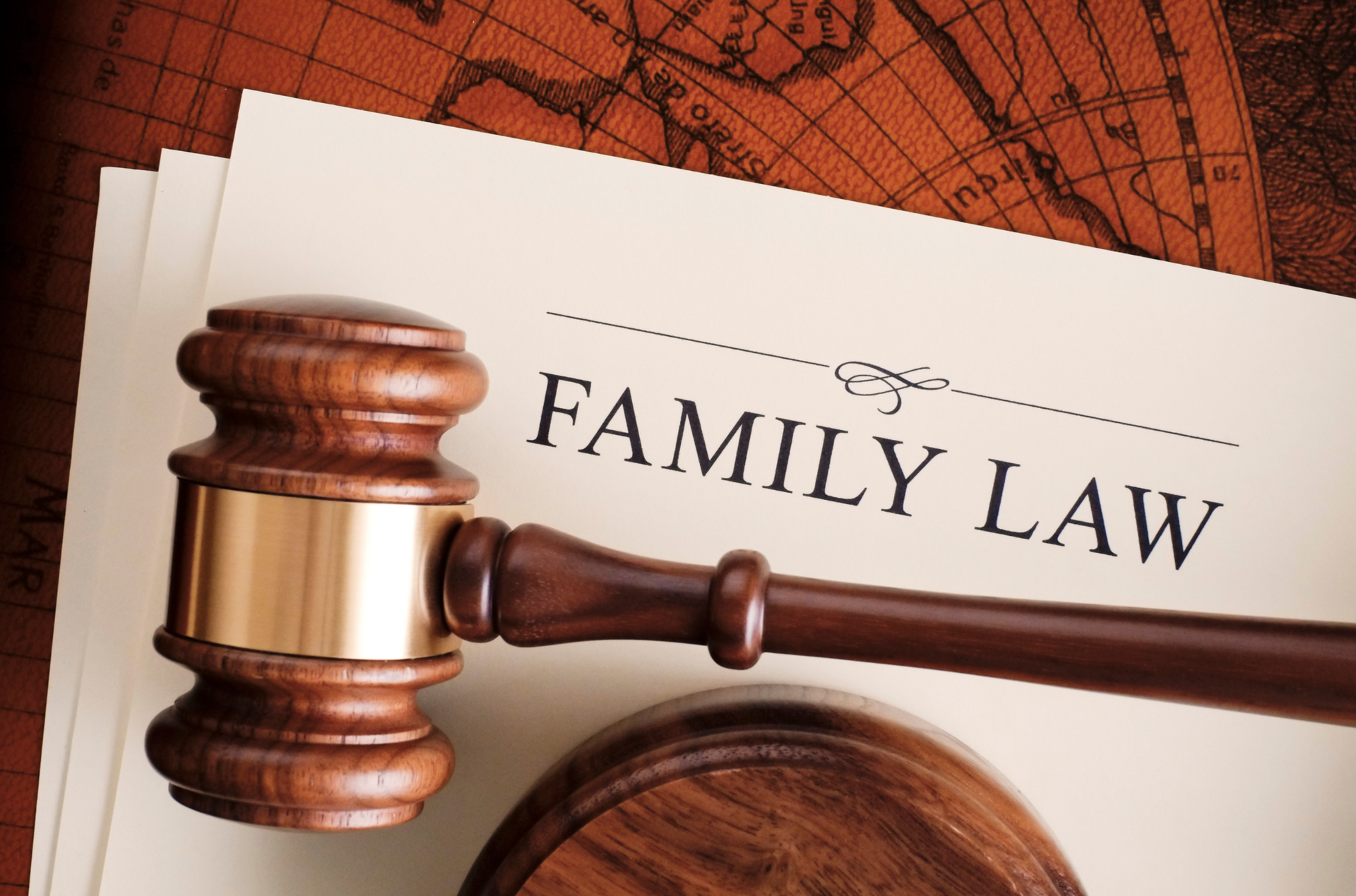Creating a Compelling Adoption Profile
When you wish to adopt a child, you’ll need to complete an adoption profile either to search privately (independent adoption) or through an agency. Many prospective adoptive parents don’t find out about the profile until well into the process, but you can begin working on it at any time, understanding you should not pay for a service to assist you until your attorney or agency has advised you of their requirements.
An adoption profile is not like any other document you will complete during the adoption process. In fact, it is one of the only things you need for a successful adoption that does not require an attorney. Instead, you will usually work directly with an adoption agency or third party company that assists adoptive parents with the process to complete it.
Your attorney can refer you to reliable companies to handle this service for you.
What Is an Adoption Profile?
An adoption profile takes the form of a “hand guide” to you and the environment a future child adopted by you will be raised in. Successful adoption profiles are usually attractive brochures about your life with plenty of photographs and a visually appealing design.
It is important that your adoption profile is authentic and accurately reflects your life.
What Is an Adoption Profile For?
An adoption profile used to be called a “Dear Birthmother Letter.” It is no longer just a letter, of course. It details everything about your family (but not identifying information) and is directed to a pregnant woman considering placing her child for adoption. This helps to envision the life her child will have with you and gives her confidence about making the right decision for her and her child.
What Is Included in an Adoption Profile?
There’s no single format an adoption profile needs to follow. However, there are lots of different things a profile can include depending on what your attorney or agency discusses with you. A typical adoption profile could run from two to 10 pages, and it might include all or any of the following:
A summary of your family, including information about your extended family.
A description of your home and community and how they relate to raising a child.
Descriptions of your family’s lifestyle, any family traditions, and usual activities.
Pictures of your family, your home, your community, and the things you do for fun.
A letter discussing why you have chosen to adopt and how you intend to raise a child.
Your adoption agency may have specific guidelines about the adoption profile. In general, you are able to add anything to the profile you feel may be beneficial. Before you begin your adoption profile, you’ll usually be able to consult profile examples that have been effective in the past.
How Do I Make an Adoption Profile?
An adoption profile can be completed in hardcopy – that is, as a printed book or brochure but with the pandemic and online availability, it should be accessible as a PDF that can be online. Ask your adoption professional about any templates or other resources they may have available. You do not need to design an adoption profile yourself, but you may be asked to choose from different options.
Of course, you also have the option of designing an adoption profile yourself or using an outside expert, whether it is someone you know or a media professional. Whatever the case, you will only need to think about completing the text itself and furnishing the photos you want to include in your profile.
How Can I Make My Adoption Profile Stand Out?
Don’t Overwhelm
An adoption profile should be descriptive, but not too long. The expectant mother is usually looking at several different profiles at any given time. Focus on what you would most like for her to remember.
Show Gratitude
Some pregnant women ultimately change their minds about adoption. Be sure to refer to the baby as “hers” and thank her for considering placing her child with you.
Be Positive
If infertility is part of your adoption journey, you may mention it, but do not need to if you don’t want to. Focus on your dreams for a child you can adopt and affirm that you want to maintain a connection with the birth mother.












